- Have any questions?
- 080 2558 0771
- 080 2558 0772
- mail@beleastmail.com
Itinerary:
Day 1 : Munich, sightseeing and attractions
Here in Munich, folklore and age-old traditions exist side by side with modern life. Take a 3-hour walking tour and tick off all of Munich’s central landmarks in three hours. Or jump on a hop-on, hop-off tour and see the city in style. Take in the neo-Gothic New Town Hall, festooned with gargoyles and statues, including a dragon scaling the turrets. The Residenz museum was home to Bavaria’s Wittelsbach rulers from 1508 until WW1. See some amazing treasures here, as well as all the trappings of their lifestyles over the centuries. Dine at the Oskar Maria brasserie (named after the 20thcentury Oskar Maria Graf) – the risotto here is delicious.
Day 2 : Munich, sightseeing and attractions
Enjoy a swim at the Muller sches Volksbad, the ‘jewel of Jugendstil’ swimming baths on the banks of the river Isar. The architecture dates back to the 19th century and is an example of Munich as a great city of art and architecture. Stroll around the peaceful English Garden – a stone’s throw from the city centre that covers 4 sq km – and a favourite open space of most Munchners. And sip a beer at one of its many beer gardens. Hire a bike and see the city’s wide open parks, elegant plazas, meandering riverbanks, beer gardens, and winding medieval alleyways. These bike paths are the secret passageways to Munich’s heartlands. Or simply take time to wander through the great neo-classical plazas of Konigsplatz (Munich’s Acropolis), and the magnificent Odeonsplatz – both are the legacy of King Ludwig of Bavaria, a 19th century monarch. Dip in to Munich’s medieval history in the charming pedestrianised medieval streets that encircle Marienplatz and wind around churches, markets and cafes.
Day 3 : Salzburg, sightseeing and attractions
Crossing over the border in to Austria after a short journey, arrive in Salzburg – home to Mozart, and the Sound of Music. Standing beside the fast-flowing Salzach River, simply look up and be awe-inspired by the Salzburg’s wonderful backdrop of grace fuldomes and spires, the formidable cliff-top fortress, and the mountains beyond– pure romance and inspiration. Everywhere you go in Salzburg, the scenery, the skyline, the music, and the history sends your spirits soaring. You certainly won’t get tired wandering through the UNESCO-listed Old Town drifting from one baroque church and monumental square to the next, in a daze of grandeur. Meander through side streets where classical music wafts from open windows, linger decadently over coffee and cake, and let Salzburg work its magic. Be overwhelmed by the Dom Cathedral with its bulbous copper dome and twin spires – a masterpiece of baroque art. Visit the Salzburg Museum housed in the baroque Neue Residenz palace and take a fascinating trip through Salzburg’s past. Learn all about Mozart and his family at the Mozart-Wohnhaus museum where the family lived and where Mozart composed works such as the Shepherd King. On to Mozart’s Geburtshaus, where his son was born, and where there’s an interesting collection of instruments, documents and portraits. There are so many wonderful restaurants to choose from and to taste sizzling and stirring schnitzels that are fried to perfection.
Day 4 : Salzburg – Lakes and Mountains
Take a thrilling day trip out to the lakes and mountains of the Sound of Music backdrop and where the film was created amongst breathtaking landscapes and locations. Stop at Mondsee on the way and see the setting of the famous film wedding at Mondsee Cathedral. Stop by Mrs Brown’s café to taste the best ‘crisp apple strudel’ in town. Experience the breathtaking beauty of one of Austria’s most beautiful regions – the Lake District – just beyond the gates of Salzburg, the ever-changing and contrasting scenery will make this tour an unforgettable memory. See the impressive hunting castle Fuschi, today a luxury hotel, where the Prince Archbishops spent many seasons.
Day 5 : Vienna, sightseeing and attractions
On to Vienna, the Imperial jewel in Austria’s crown where you will see the fruits of the city’s status everywhere, from the treasures of the cosmopolitan Ringstrasse (Ring Road) to the Hofburg, Emperor Franz Josef’s palace. Vienna’s Innere Stadt, the city’s medieval heart, is an ideal place to spend an afternoon. Explore the town’s twisting streets. See the iconic Stefansdom Cathedral, dating back to the 10th century, and the shops lining the pedestrian-only Graben. Visit the Museums Quartier complex, the City Hall (the Rathaus), and the Opera House (Staatsoper).
Day 6 : Vienna, sightseeing and attractions
Vienna’s Gothic masterpiece Stephansdom (St. Stephen’s Cathedral), or Steffi (Little Stephan) as it’s locally called, symbolises Vienna like no other building. Take a tour of Schloss Schonbrunn with its grand rooms and background information on the habits and quirks of Austria’s famous family. And visit the Hofburg Castle where the Habsburgs were based for over six centuries. See Vienna’s top sights in a fun and healthy way by bikeon a 3-hour bike tour. Ride through the city’s historic streets with a professional guide past all of the top sights including the Opera House, Hofburg Palace, and the City Hall. And marvel at the colourful Hundertwasserhaus apartment building. The ring tram is a continuous hop-on, hop-off guided tour of the Ringstrasse with video screens and commentary on a clockwise route stopping at 13 stations. Stop off at Figlmuller pub – this famous pub has some of the biggest and best schnitzels in the business. And, for a very special evening, the Staatsoper is the premiere opera and classical music venue in Vienna. The Viennese take their opera very seriously and dress up accordingly.
Day 7 : Budapest, sightseeing and attractions
This is Hungary’s capital and grandest city. It’s down-at-heels quality gives it a scruffy charm. Split by the Danube, Buda’s rolling hills and Pest’s wide boulevards are easy to explore. A must-see is the Royal Palace that has been razed and rebuilt at least half a dozen times over the past seven centuries. There are two entrances, the first via the Habsburg Steps and the other via the Corvinus Gate. The Hungarian National Gallery is an incredible collection over four floors that trace Hungarian art from the 11th century to the present. And the Budapest history Museum looks at the 2000 years of the city on three floors. Restored palace rooms dating from the 15th century can be entered from the basement. Don’t miss a trip to the Szechenyi Baths with its dozen thermal baths and five swimming pools all set in a bright and clean atmosphere. The Szechenyi Chain Bridge is the city’s oldest and probably most beautiful bridge. Named in honour of its initiator, Istvan Szechenyi, it was in fact built by a Scotsman. One of the best ways to see the city’s sights are at night on a combined walking tour and river cruise on the Danube. Budapest’s UNESCO World heritage magnificent buildings and monuments are brilliantly illuminated at night, making the city appear even more spectacular than by day.
Day 8 : Budapest, sightseeing and attractions
More time for sightseeing, and to marvel at St. Stephen’s Basilica – Budapest’s neoclassical cathedral, and the Great Synagogue – the largest Jewish house of worship in the world outside New York City. Stroll through Memento Park, home to almost four dozen statues, busts and plaques of Lenin, Marx, Bela Kun and ‘heroic’ workers. Take a bath in a ‘cathedral like’ atmosphere at the art-nouveau Gellert Baths, open to both men and women in separate sections. Relax with a coffee at the Muvesz Kavehaz – the Artist Coffeehouse – and people-watch at the 19th century city café. Walk out to the Buda Hills, there’s a comprehensive system of trails amongst the ‘peaks’ that rise up to 500m, with wonderful views acrss the city. Enjoy a coffee and pastry at Gerbeaud, located on the northern side of Pest’s busiest square, and dating back to 1858. It has been the most fashionable meeting place for the city’s elite size 1870.
Day 9 : Budapest – Zagreb (Croatia) – Plitvice National Park
Zagreb combines the best of Eastern and Western Europe and still retains a good deal of old-world graciousness. Take a walk through the town centre and look up at the sober Austro-Hungarian buildings that are now home to elegant restaurants and fashionable boutiques. There are lots of green spaces in the city – Maksimir Park is popular for bikers, strollers and joggers, and nearby Jarun Lake is popular for swimmers and paddlers. If time, a 10 minute bus ride north of the city centre takes you to the Mirogoj, one of the most beautiful cemeteries in the Europe, at the base of Mount Medvednica. Sample some local dishes of homemade sausages, bean stews and strukli (dumplings filled with cottage cheese) and the city centre eastern European restaurants. The Ivica I Marica restaurant is based on the Brothers Grimm story of Hansel & Gretel and is made to look like a gingerbread house with waiters clad in traditional costumers. On to the Plitvice Lakes & National Park – a beautiful pocket of wooded hills in this World Heritage site with 16 sparkling turquoise lakes that are connected by waterfalls and cascades.
Day 10 : Plitvice National Park
Spend a day wandering across the pretty wooden foot bridges that follow the mineral-rich waters of the lakes and cascades. Spot some of the animal life in the park and see if you can spot bears, wolves, deer, boar, rabbits, foxes and badgers. There are over 120 species of bird such as owls, cuckoos, thrushes, starlings and kingfishers. This is nature at its very best And, if you get hungry, have lunch at the one restaurant in the Park – try delicious lamb, local sausages, or duvec (stew of rice, carrots, tomatoes, peppers and onions).
Day 11 : Bled, sightseeing and attractions
Travel by bus or train, or drive, from Zagreb to Bled (Slovenia) through some spectacular Croatian scenery. Bled is a picture postcard town, set close to an emerald-green lake, with a medieval castle clinging to a rocky cliff and with backdrops of the Julian Alps and the Karavanke Mountains. Perched on top of a steep cliff is Bled Castle – a superb medieval fortress with towers, ramparts, moats and a terrace offering magnificent views. Ride in vintage carriages on the Old Timer Train that travels 13km through the mountainous landscape.
Day 12 : Bled, sightseeing and attractions
Be paddled by gondola from Bled to the tiny island in the middle of the lake, and climb the south staircase up to the church and small museum. Bled’s baroque Church of the Assumption dates from the 17th century and is worth a look inside to see its large gold altar and fresco fragments from the 14th century. Walk to the Vintgar Gorge, an easy walk of 4km from Bld, and cross by the 1600m long wooden walkway that criss-crosses the swirling Radnovna River. Get active and rent a boat to paddle out on to the crystal blue-green lake, or take a plunge if you visit in the summer.
Day 13 : Ljubljana – Departure
The small city of Ljubljana, capital of Slovenia, is small in size, and yet has a wealth of culture, sights and activities to see and do. Everything is within easy reach and a stroll away. The city is full of little bridges that cross the Ljubljanica River and has a buzzing student community. Walk up to Ljubljana Castle or take the 70m long funicular that leaves from the Old Town. The Castle dates back to Celtic times and the oldest structures that remain date from around the 16th century. Stand in the middle of the Presernov Trg, the city’s main square, and marvel at the wonderful architecture that is dominated by a monument to the national poet France Preseren. The Cathedral of St. Nicholas has stood since the 13th century. Inside it is a vision of pink marble, white stucco and gilt. And the City Museum focuses on Ljubljana’s history, culture and politics. Krizanke, the French Revolution Square, was for centuries the headquarters of the Teutonic Knights of the Cross, and was transformed into the Krizanke monastery complex in 1714. The Ilrija column in the centre of the square is dedicated to Napoleon. If time, explore Slovenia’s food and culture on a 3-hur sightseeing walking tour – visit five of the city’s favourite bars and cafes, hear about Slovenia’s history, and see some of the city’s sights.
Day 14 : Depart
Itinerary:
Day 1 : Munich, sightseeing and attractions
Here in Munich, folklore and age-old traditions exist side by side with modern life. Take a 3-hour walking tour and tick off all of Munich’s central landmarks in three hours. Or jump on a hop-on, hop-off tour and see the city in style. Take in the neo-Gothic New Town Hall, festooned with gargoyles and statues, including a dragon scaling the turrets. The Residenz museum was home to Bavaria’s Wittelsbach rulers from 1508 until WW1. See some amazing treasures here, as well as all the trappings of their lifestyles over the centuries. Dine at the Oskar Maria brasserie (named after the 20thcentury Oskar Maria Graf) – the risotto here is delicious.
Day 2 : Munich, sightseeing and attractions
Enjoy a swim at the Muller sches Volksbad, the ‘jewel of Jugendstil’ swimming baths on the banks of the river Isar. The architecture dates back to the 19th century and is an example of Munich as a great city of art and architecture. Stroll around the peaceful English Garden – a stone’s throw from the city centre that covers 4 sq km – and a favourite open space of most Munchners. And sip a beer at one of its many beer gardens. Hire a bike and see the city’s wide open parks, elegant plazas, meandering riverbanks, beer gardens, and winding medieval alleyways. These bike paths are the secret passageways to Munich’s heartlands. Or simply take time to wander through the great neo-classical plazas of Konigsplatz (Munich’s Acropolis), and the magnificent Odeonsplatz – both are the legacy of King Ludwig of Bavaria, a 19th century monarch. Dip in to Munich’s medieval history in the charming pedestrianised medieval streets that encircle Marienplatz and wind around churches, markets and cafes.
Day 3 : Salzburg, sightseeing and attractions
Crossing over the border in to Austria after a short journey, arrive in Salzburg – home to Mozart, and the Sound of Music. Standing beside the fast-flowing Salzach River, simply look up and be awe-inspired by the Salzburg’s wonderful backdrop of grace fuldomes and spires, the formidable cliff-top fortress, and the mountains beyond– pure romance and inspiration. Everywhere you go in Salzburg, the scenery, the skyline, the music, and the history sends your spirits soaring. You certainly won’t get tired wandering through the UNESCO-listed Old Town drifting from one baroque church and monumental square to the next, in a daze of grandeur. Meander through side streets where classical music wafts from open windows, linger decadently over coffee and cake, and let Salzburg work its magic. Be overwhelmed by the Dom Cathedral with its bulbous copper dome and twin spires – a masterpiece of baroque art. Visit the Salzburg Museum housed in the baroque Neue Residenz palace and take a fascinating trip through Salzburg’s past. Learn all about Mozart and his family at the Mozart-Wohnhaus museum where the family lived and where Mozart composed works such as the Shepherd King. On to Mozart’s Geburtshaus, where his son was born, and where there’s an interesting collection of instruments, documents and portraits. There are so many wonderful restaurants to choose from and to taste sizzling and stirring schnitzels that are fried to perfection.
Day 4 : Salzburg – Lakes and Mountains
Take a thrilling day trip out to the lakes and mountains of the Sound of Music backdrop and where the film was created amongst breathtaking landscapes and locations. Stop at Mondsee on the way and see the setting of the famous film wedding at Mondsee Cathedral. Stop by Mrs Brown’s café to taste the best ‘crisp apple strudel’ in town. Experience the breathtaking beauty of one of Austria’s most beautiful regions – the Lake District – just beyond the gates of Salzburg, the ever-changing and contrasting scenery will make this tour an unforgettable memory. See the impressive hunting castle Fuschi, today a luxury hotel, where the Prince Archbishops spent many seasons.
Day 5 : Vienna, sightseeing and attractions
On to Vienna, the Imperial jewel in Austria’s crown where you will see the fruits of the city’s status everywhere, from the treasures of the cosmopolitan Ringstrasse (Ring Road) to the Hofburg, Emperor Franz Josef’s palace. Vienna’s Innere Stadt, the city’s medieval heart, is an ideal place to spend an afternoon. Explore the town’s twisting streets. See the iconic Stefansdom Cathedral, dating back to the 10th century, and the shops lining the pedestrian-only Graben. Visit the Museums Quartier complex, the City Hall (the Rathaus), and the Opera House (Staatsoper).
Day 6 : Vienna, sightseeing and attractions
Vienna’s Gothic masterpiece Stephansdom (St. Stephen’s Cathedral), or Steffi (Little Stephan) as it’s locally called, symbolises Vienna like no other building. Take a tour of Schloss Schonbrunn with its grand rooms and background information on the habits and quirks of Austria’s famous family. And visit the Hofburg Castle where the Habsburgs were based for over six centuries. See Vienna’s top sights in a fun and healthy way by bikeon a 3-hour bike tour. Ride through the city’s historic streets with a professional guide past all of the top sights including the Opera House, Hofburg Palace, and the City Hall. And marvel at the colourful Hundertwasserhaus apartment building. The ring tram is a continuous hop-on, hop-off guided tour of the Ringstrasse with video screens and commentary on a clockwise route stopping at 13 stations. Stop off at Figlmuller pub – this famous pub has some of the biggest and best schnitzels in the business. And, for a very special evening, the Staatsoper is the premiere opera and classical music venue in Vienna. The Viennese take their opera very seriously and dress up accordingly.
Day 7 : Budapest, sightseeing and attractions
This is Hungary’s capital and grandest city. It’s down-at-heels quality gives it a scruffy charm. Split by the Danube, Buda’s rolling hills and Pest’s wide boulevards are easy to explore. A must-see is the Royal Palace that has been razed and rebuilt at least half a dozen times over the past seven centuries. There are two entrances, the first via the Habsburg Steps and the other via the Corvinus Gate. The Hungarian National Gallery is an incredible collection over four floors that trace Hungarian art from the 11th century to the present. And the Budapest history Museum looks at the 2000 years of the city on three floors. Restored palace rooms dating from the 15th century can be entered from the basement. Don’t miss a trip to the Szechenyi Baths with its dozen thermal baths and five swimming pools all set in a bright and clean atmosphere. The Szechenyi Chain Bridge is the city’s oldest and probably most beautiful bridge. Named in honour of its initiator, Istvan Szechenyi, it was in fact built by a Scotsman. One of the best ways to see the city’s sights are at night on a combined walking tour and river cruise on the Danube. Budapest’s UNESCO World heritage magnificent buildings and monuments are brilliantly illuminated at night, making the city appear even more spectacular than by day.
Day 8 : Budapest, sightseeing and attractions
More time for sightseeing, and to marvel at St. Stephen’s Basilica – Budapest’s neoclassical cathedral, and the Great Synagogue – the largest Jewish house of worship in the world outside New York City. Stroll through Memento Park, home to almost four dozen statues, busts and plaques of Lenin, Marx, Bela Kun and ‘heroic’ workers. Take a bath in a ‘cathedral like’ atmosphere at the art-nouveau Gellert Baths, open to both men and women in separate sections. Relax with a coffee at the Muvesz Kavehaz – the Artist Coffeehouse – and people-watch at the 19th century city café. Walk out to the Buda Hills, there’s a comprehensive system of trails amongst the ‘peaks’ that rise up to 500m, with wonderful views acrss the city. Enjoy a coffee and pastry at Gerbeaud, located on the northern side of Pest’s busiest square, and dating back to 1858. It has been the most fashionable meeting place for the city’s elite size 1870.
Day 9 : Budapest – Zagreb (Croatia) – Plitvice National Park
Zagreb combines the best of Eastern and Western Europe and still retains a good deal of old-world graciousness. Take a walk through the town centre and look up at the sober Austro-Hungarian buildings that are now home to elegant restaurants and fashionable boutiques. There are lots of green spaces in the city – Maksimir Park is popular for bikers, strollers and joggers, and nearby Jarun Lake is popular for swimmers and paddlers. If time, a 10 minute bus ride north of the city centre takes you to the Mirogoj, one of the most beautiful cemeteries in the Europe, at the base of Mount Medvednica. Sample some local dishes of homemade sausages, bean stews and strukli (dumplings filled with cottage cheese) and the city centre eastern European restaurants. The Ivica I Marica restaurant is based on the Brothers Grimm story of Hansel & Gretel and is made to look like a gingerbread house with waiters clad in traditional costumers. On to the Plitvice Lakes & National Park – a beautiful pocket of wooded hills in this World Heritage site with 16 sparkling turquoise lakes that are connected by waterfalls and cascades.
Day 10 : Plitvice National Park
Spend a day wandering across the pretty wooden foot bridges that follow the mineral-rich waters of the lakes and cascades. Spot some of the animal life in the park and see if you can spot bears, wolves, deer, boar, rabbits, foxes and badgers. There are over 120 species of bird such as owls, cuckoos, thrushes, starlings and kingfishers. This is nature at its very best And, if you get hungry, have lunch at the one restaurant in the Park – try delicious lamb, local sausages, or duvec (stew of rice, carrots, tomatoes, peppers and onions).
Day 11 : Bled, sightseeing and attractions
Travel by bus or train, or drive, from Zagreb to Bled (Slovenia) through some spectacular Croatian scenery. Bled is a picture postcard town, set close to an emerald-green lake, with a medieval castle clinging to a rocky cliff and with backdrops of the Julian Alps and the Karavanke Mountains. Perched on top of a steep cliff is Bled Castle – a superb medieval fortress with towers, ramparts, moats and a terrace offering magnificent views. Ride in vintage carriages on the Old Timer Train that travels 13km through the mountainous landscape.
Day 12 : Bled, sightseeing and attractions
Be paddled by gondola from Bled to the tiny island in the middle of the lake, and climb the south staircase up to the church and small museum. Bled’s baroque Church of the Assumption dates from the 17th century and is worth a look inside to see its large gold altar and fresco fragments from the 14th century. Walk to the Vintgar Gorge, an easy walk of 4km from Bld, and cross by the 1600m long wooden walkway that criss-crosses the swirling Radnovna River. Get active and rent a boat to paddle out on to the crystal blue-green lake, or take a plunge if you visit in the summer.
Day 13 : Ljubljana – Departure
The small city of Ljubljana, capital of Slovenia, is small in size, and yet has a wealth of culture, sights and activities to see and do. Everything is within easy reach and a stroll away. The city is full of little bridges that cross the Ljubljanica River and has a buzzing student community. Walk up to Ljubljana Castle or take the 70m long funicular that leaves from the Old Town. The Castle dates back to Celtic times and the oldest structures that remain date from around the 16th century. Stand in the middle of the Presernov Trg, the city’s main square, and marvel at the wonderful architecture that is dominated by a monument to the national poet France Preseren. The Cathedral of St. Nicholas has stood since the 13th century. Inside it is a vision of pink marble, white stucco and gilt. And the City Museum focuses on Ljubljana’s history, culture and politics. Krizanke, the French Revolution Square, was for centuries the headquarters of the Teutonic Knights of the Cross, and was transformed into the Krizanke monastery complex in 1714. The Ilrija column in the centre of the square is dedicated to Napoleon. If time, explore Slovenia’s food and culture on a 3-hur sightseeing walking tour – visit five of the city’s favourite bars and cafes, hear about Slovenia’s history, and see some of the city’s sights.
Day 14 : Depart




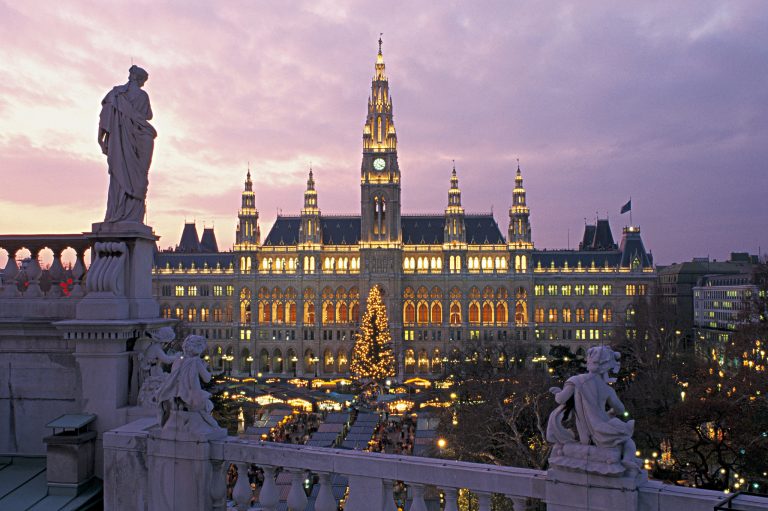
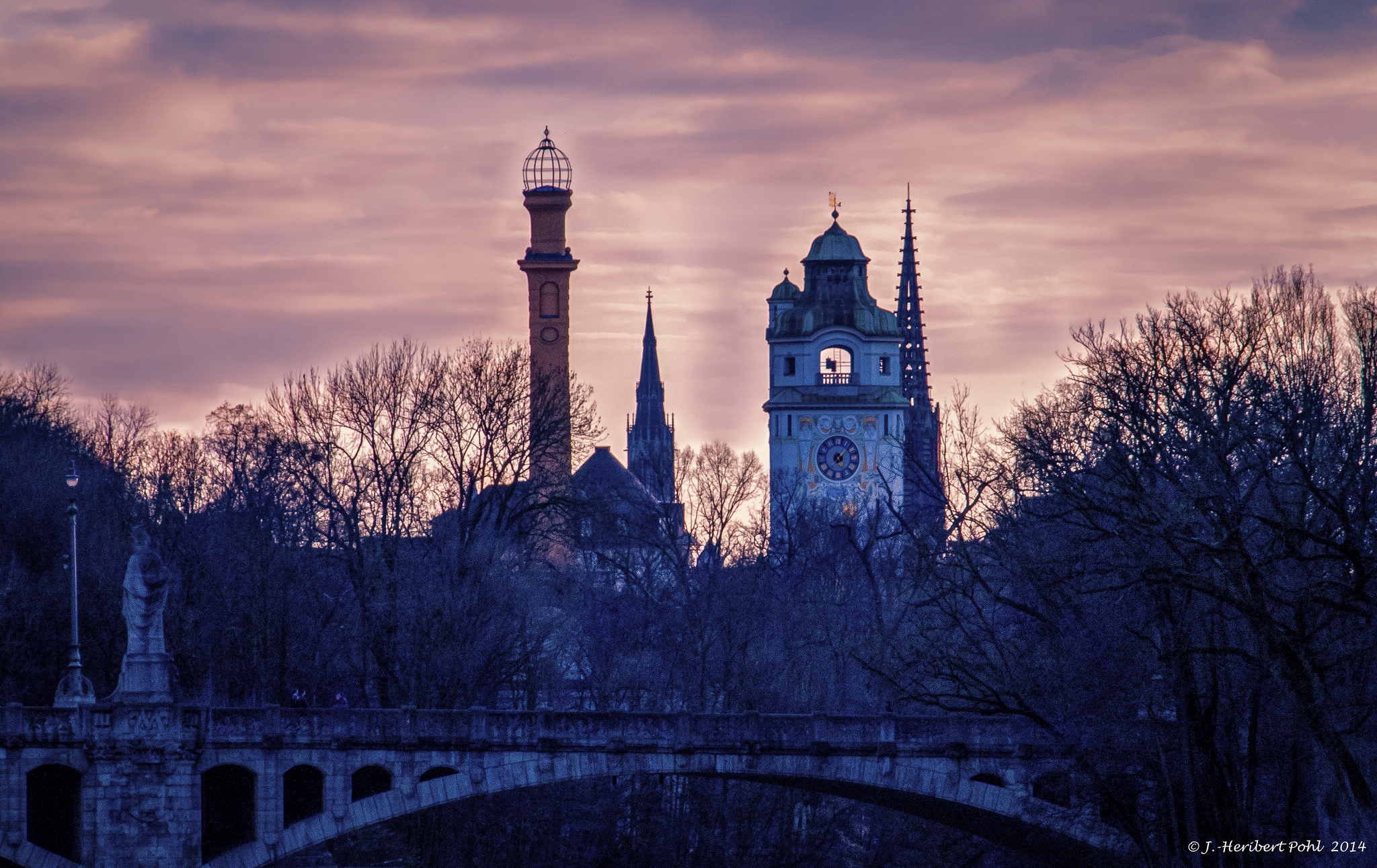
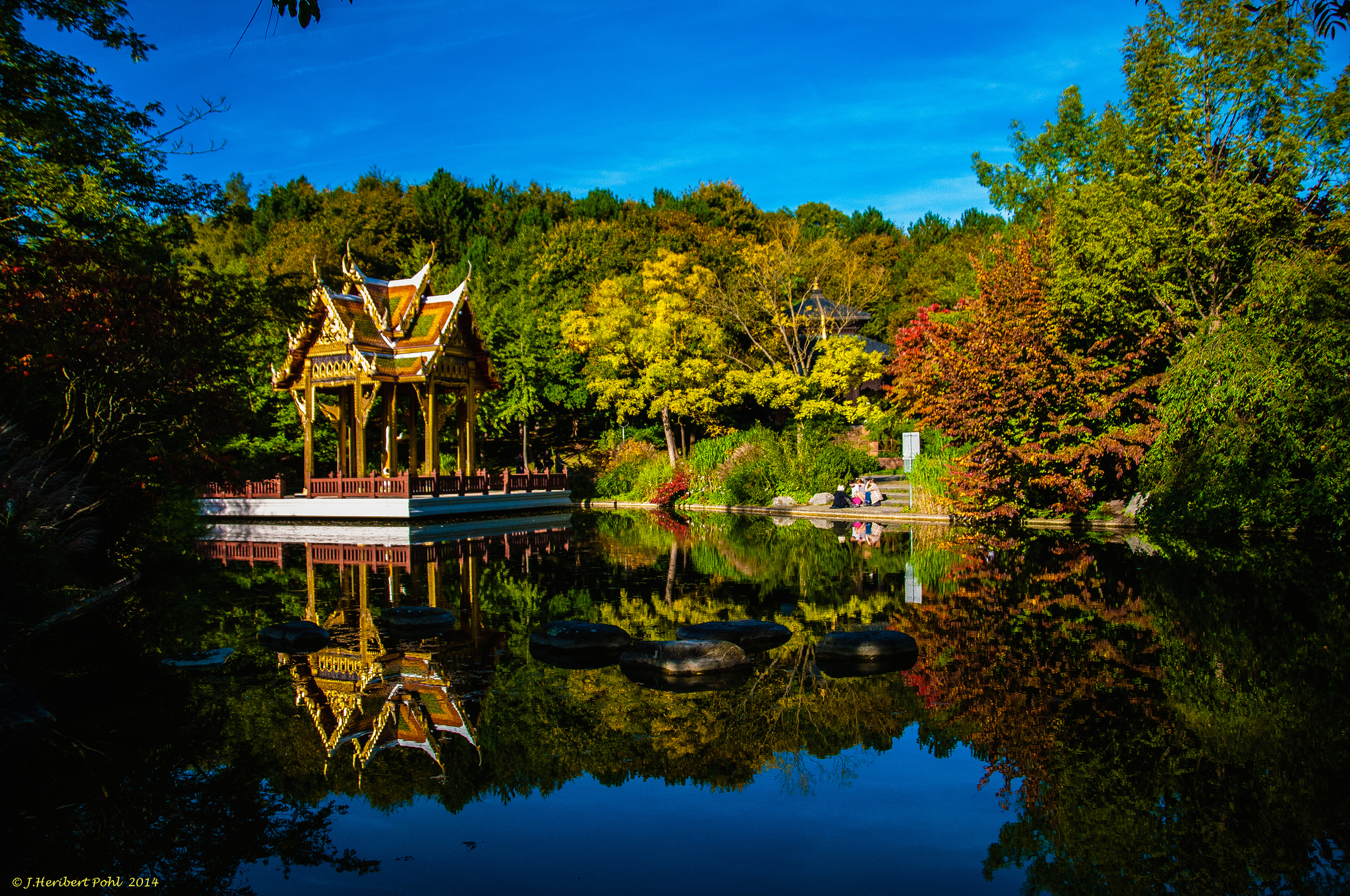

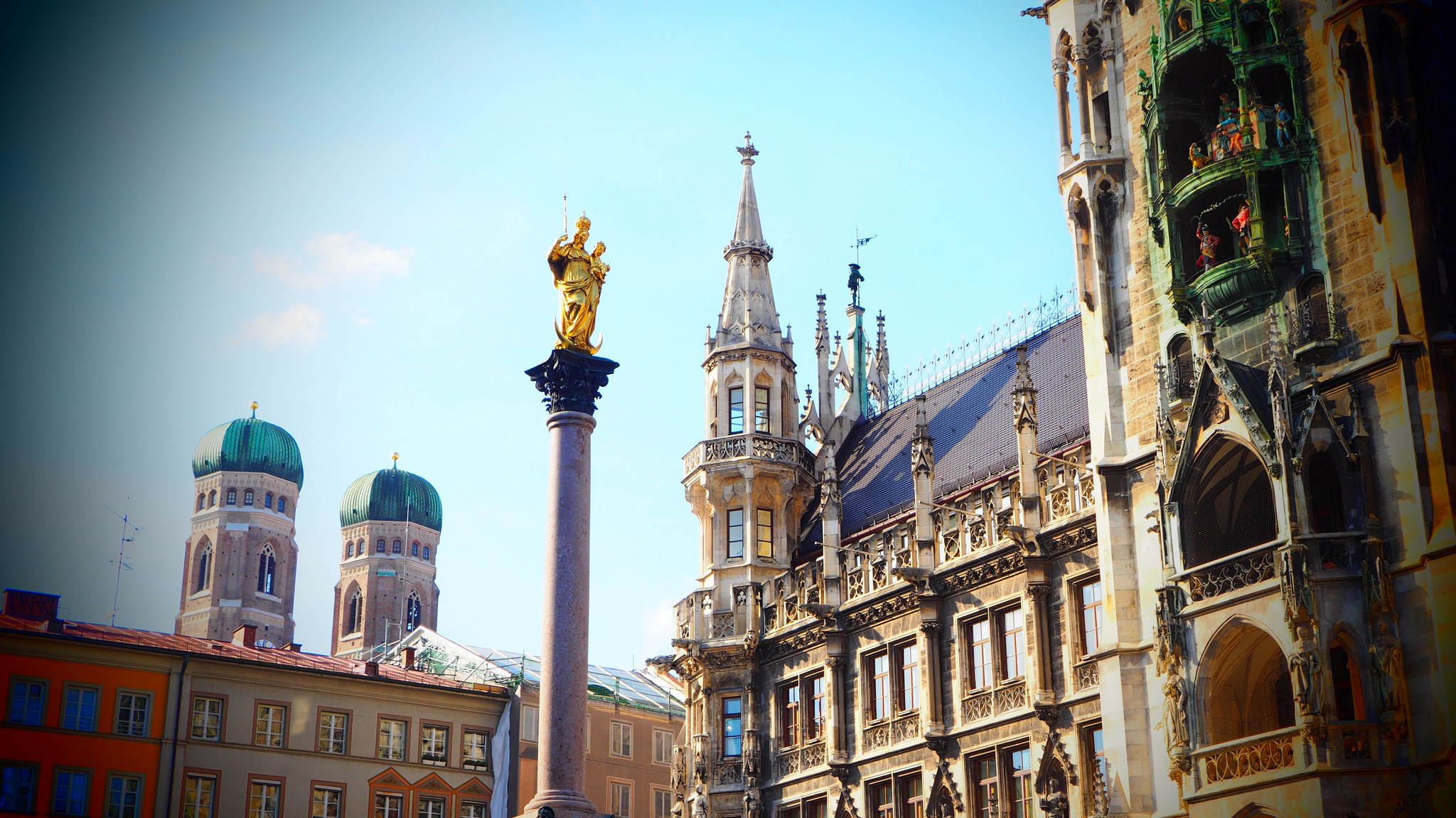
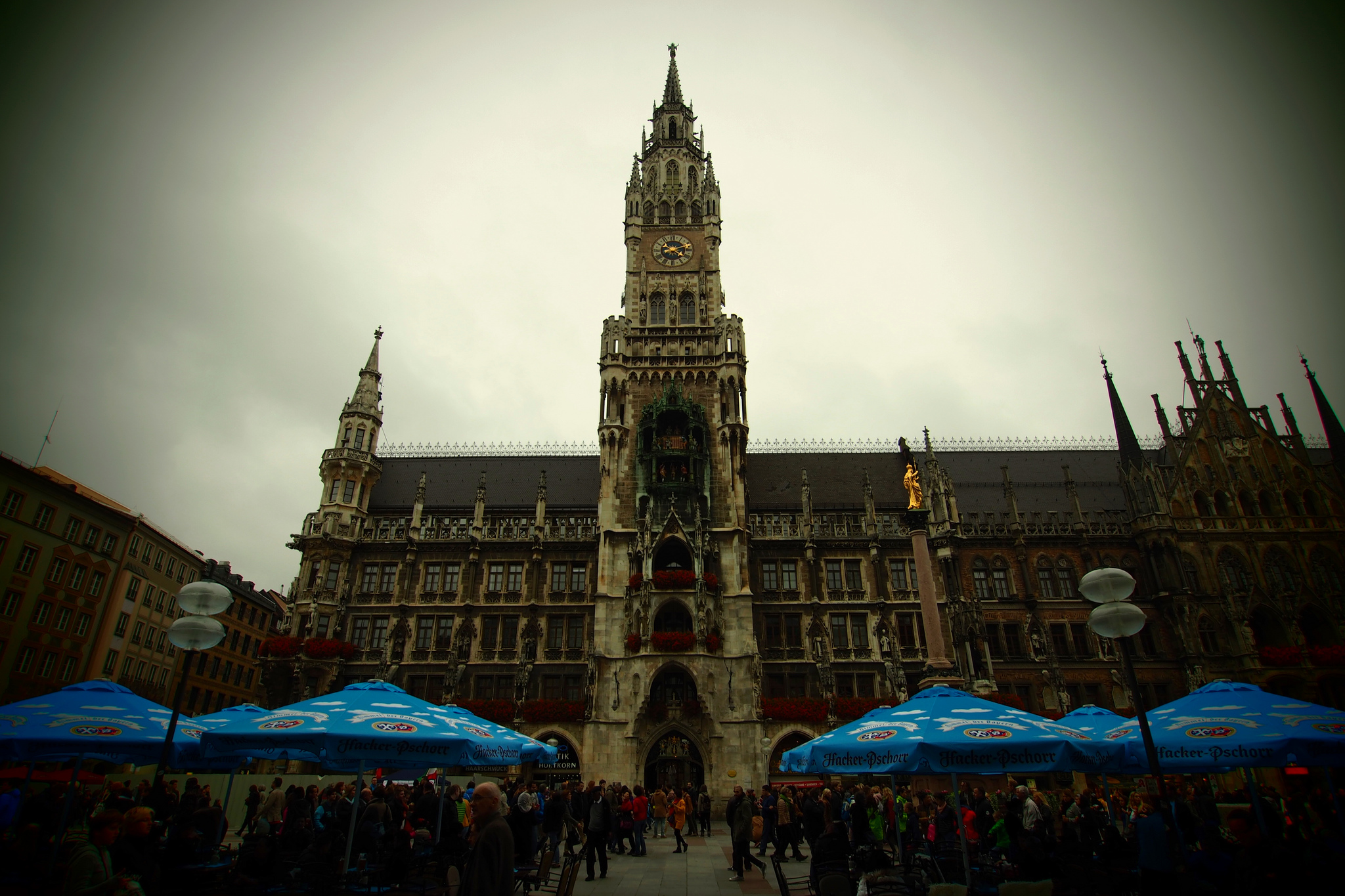
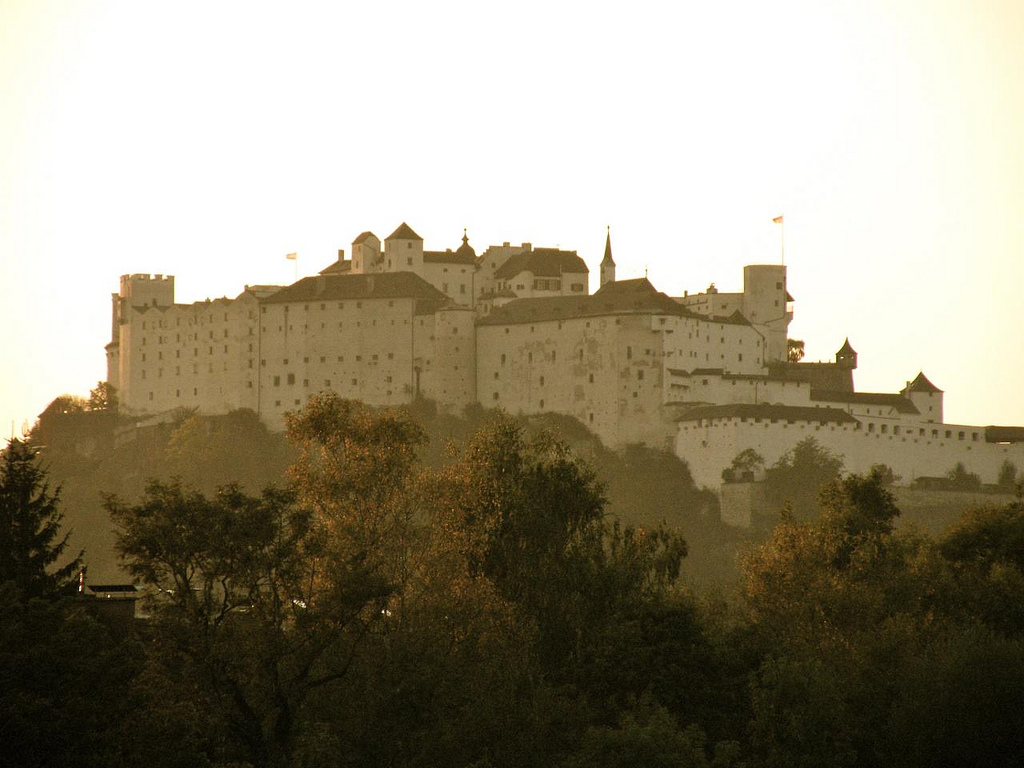
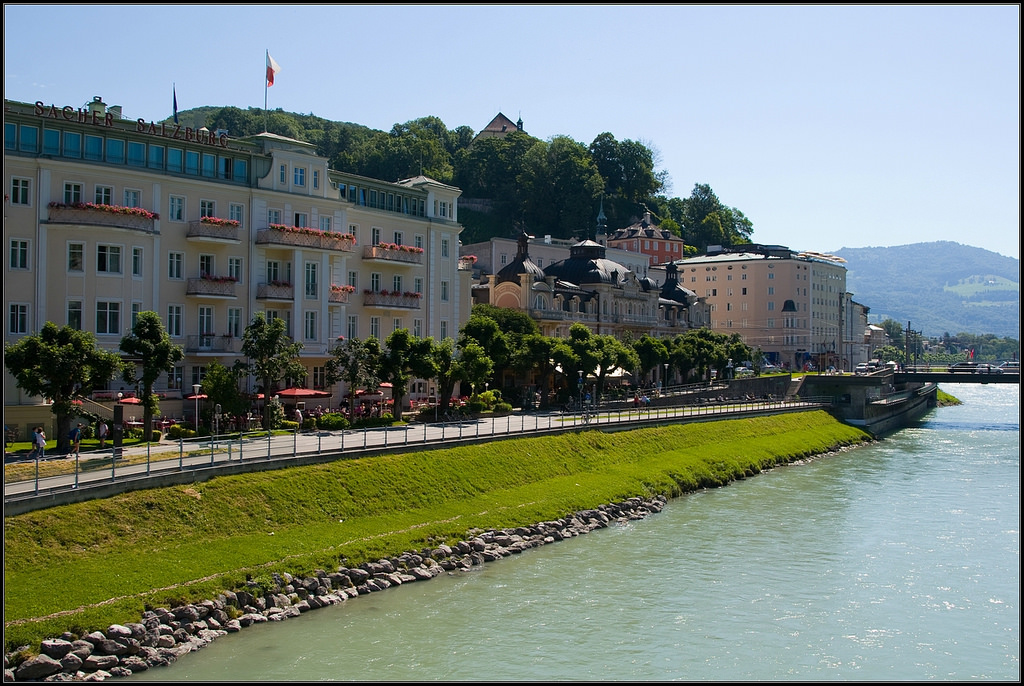

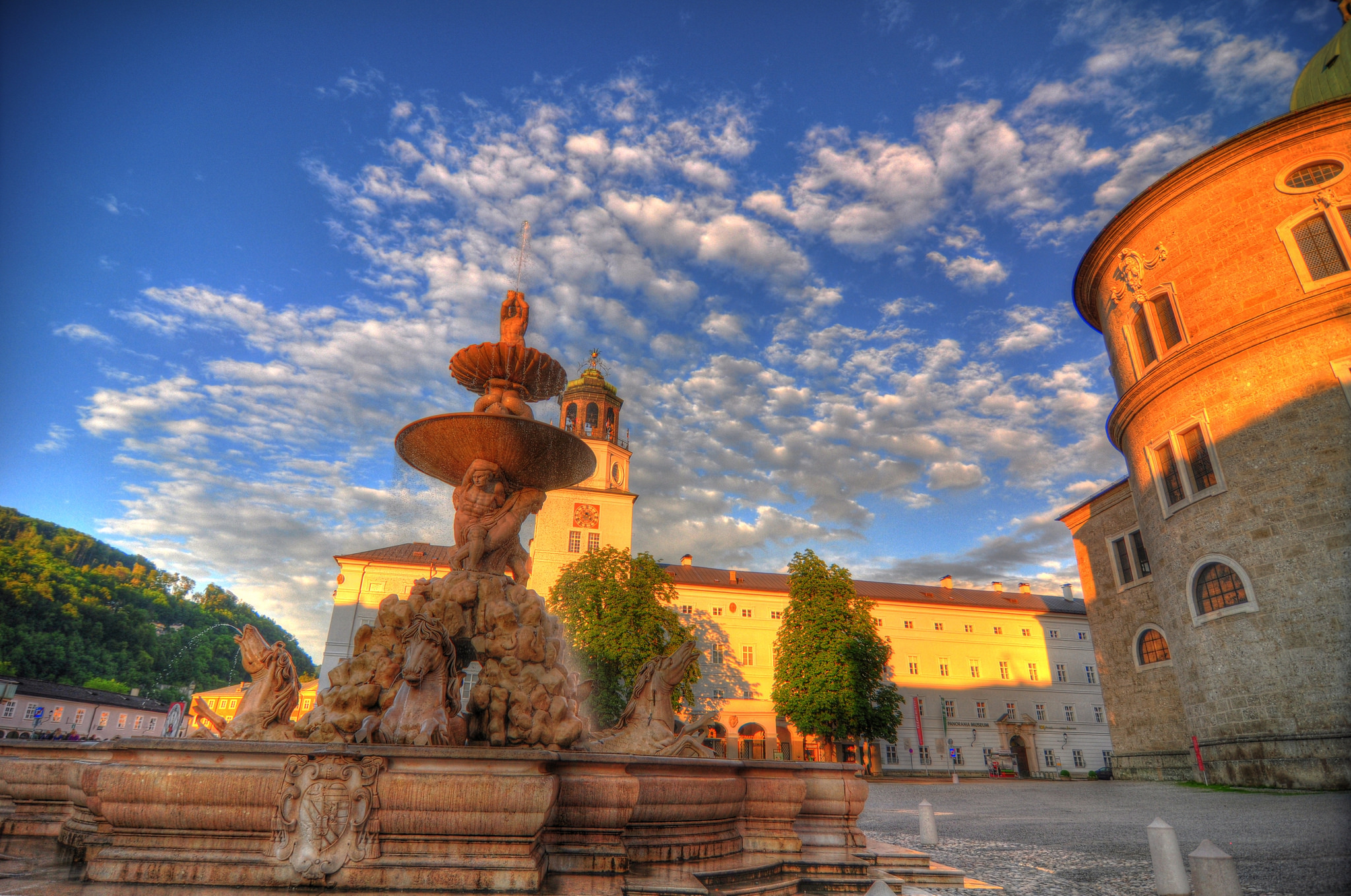



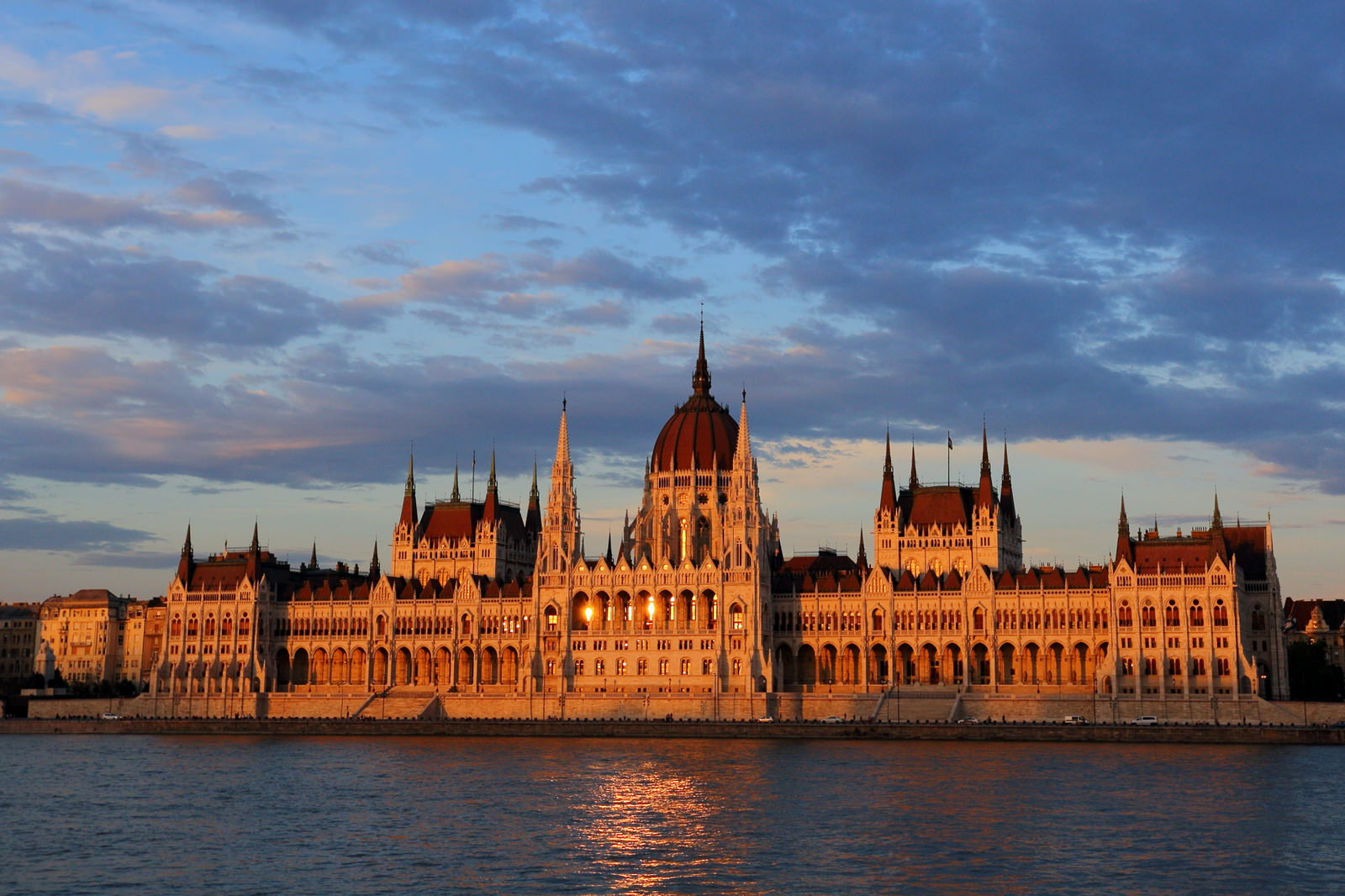

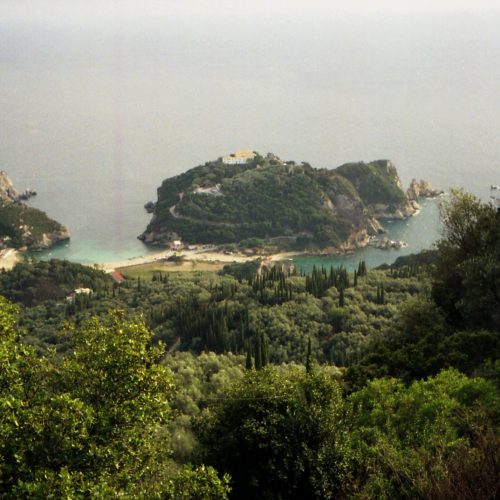
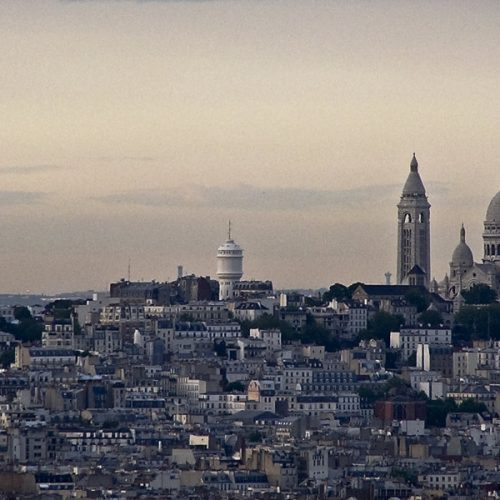
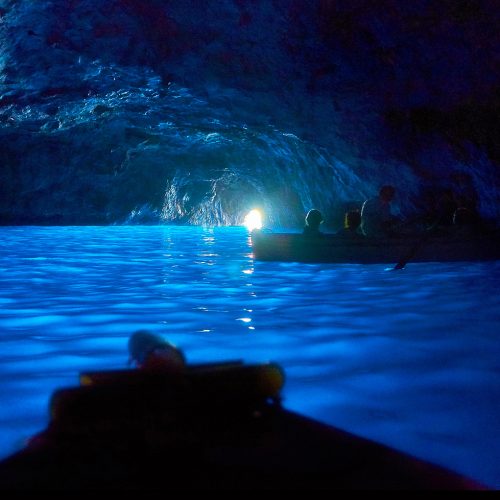
Reviews
There are no reviews yet.